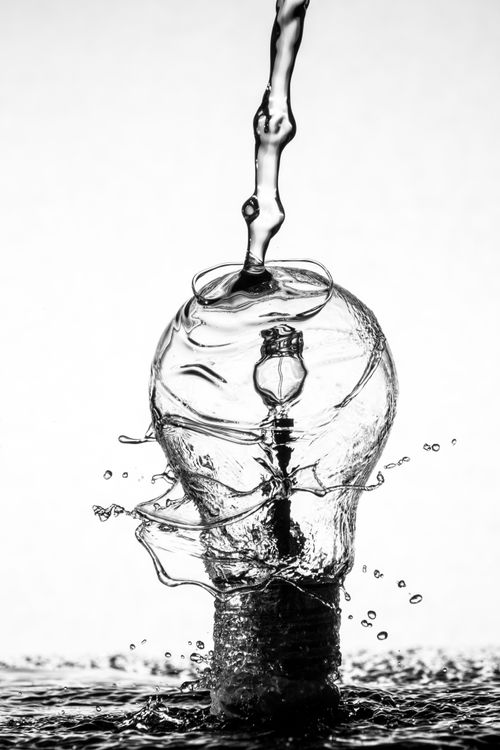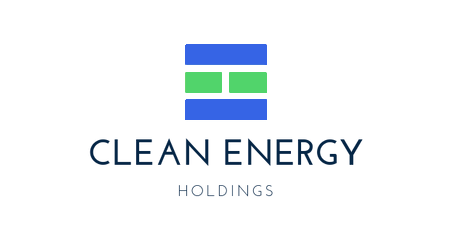Europe and its energy players are more open than ever to the idea of blue hydrogen or ammonia products coming into its energy mix for decarbonization needs, but still prefer green molecules as a long term solution, according to panelists at the Lisbon Energy Summit & Exhibition.
“We see a role for various colors of hydrogen in the energy mix, but we’re really trying to prioritize green hydrogen,” Paula Pinho, Director, DG Energy at the European Commission, said on the sidelines of the conference.
The Net Zero Industry Act, which passed parliament and is expected to be approved in a final vote this week, seeks to have at least 40% of the annual deployment needs for net-zero technologies manufactured in the EU by 2030, including a range of technologies like CCS and electrolyzers that are treated equally under the proposed act.
It also sets a goal of 50 million tonnes of geological storage of CO2 in the EU by 2030.
Pinho said, however, that the European regulatory framework gives preference to green hydrogen, pointing to the first auction from the European Hydrogen Bank, where seven projects will receive a total of EUR 720m.
“In terms of putting public money into it for covering the premium, it’s all green hydrogen,” she said.
Four years ago, speaking about blue hydrogen in the European context would be considered “blasphemy,” said Nuno Antunes, a partner at Portuguese advisory firm Miranda e Associados. “Four years later, everything changed.”
Shane Heffernan, of Baringa Partners, a U.K.-based consulting firm, said he believes CCS is going to play a much larger role in Europe compared to policymaking conversations that took place four years ago.
“A lot of the anxiety around blue hydrogen is around upstream methane leakage, and I think that’s something that can be solved or at least properly accounted for to build confidence and reduce anxiety about the emissions impact of blue,” he said on a panel regarding hydrogen’s role in achieving global climate targets.
He also pointed to a position paper issued by the European Union that stated a goal of sequestering 50 megatons of CO2 by 2030. CCS cluster projects are close to financial close in the U.K. along with other similar projects in the Netherlands and Norway.
TUV, a certification agency based in Germany, recently approved the first shipment of blue ammonia from Germany to Japan, he noted.
He also noted that his firm views the economics of blue hydrogen as more compelling at around EUR 3 – 4 per ton, prices that will remain competitive with green hydrogen for the long term, reducing the risk of making investments in related infrastructure.
However, Diogo Almeida, of Galp, said that while he agrees that what matters is the emissions reduction capabilities of the technology, green hydrogen is the best long term solution.
“Hydrogen produced through electrolysis from renewable energy will be the main source of hydrogen” in the long term because it’s the most resilient. “We’ll always have sun, we’ll always have wind, I don’t know if we’ll always have a place to put CO2.”
Pedro Guedes de Campos, of Smartenergy, an e-fuels firm, said climate solutions should be about not using fossil fuels to produce the energy transition vector that is hydrogen. He added that he sees values in carbon capture and utilization, but not sequestration.






